PC104 Instruments
PC104 is an embedded PC standard created by the PC / 104 Consortium, which defines a shape and an architecture. The PC104 format was originally designed by Ampro in 1987,
In 2008, the specifications of the PCIe104 bus are published, which stipulates a connection of 156 pins divided into three identical zones. In 2010, the standard assigns PCIe x16 signal pins to two PCIe x4 links, two USB 3.0 buses, two SATA buses, and to a real-time clock. In 2013, the 3rd generation PCIe bus is introduced in the PCIe104 and PCI104-Express standards. This allows exchanges at speeds of 2 GB / s, 8 GB / s, 16 GB / s and 32 GB / s on PCIe links respectively x1, x4, x8 and x16.
The PC104 is intended for specific uses, such as data acquisition or industrial control systems. Due to its resistance to shock and vibration, it is used in industry and the military.
The components of a PC104 are in the form of modules that stack on top of one another. A typical configuration includes a motherboard, an analog / digital converter and a digital input / output module.
-
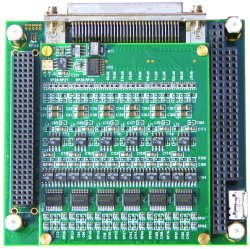
PC104P-12AISS44AO4
12-Channel, 12-Bit Analog Input/Output PC104+ Board
- 8 Differential Analog Inputs with Dedicated 12-Bit, 2.0 MSPS
-

PC104P-12AISS8AO4
12-Channel, 12-Bit Analog PC104+ Input/Output
- 8 Differential Analog Inputs with Dedicated 12-Bit, 2.0 MSPS
-

PC104P-16AI64
64 Channels , 16-bit, Analog Input PC104+ Board
- 64 Single-ended or 32 Differential 16-Bit Scanned Analog Input
-

PC104P-16AICS32
32 Channels 16-Bit Transducer Input PC104+
- 32 Differential or 64 Single-Ended 16-Bit Scanned Analog Voltage
-
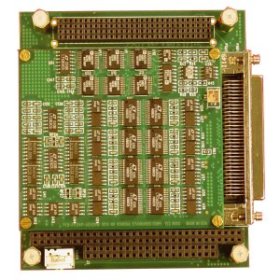
PC104P-16AIO-41
16-bit Analog Input/Output PC104+ Board
- 32 Single-Ended or 16 Differential 16-Bit Scanned Analog Input
-
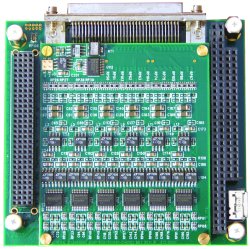
PC104P-16AIO168
16-bit Analog I/O PC104+ Board
- 16 Single-Ended or 8 Differential 16-Bit Scanned Analog Input
-
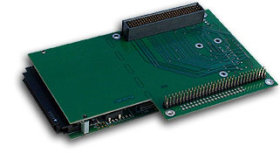
PC104P-16AO4MFS
16-bit Analog Multi frequency Analog Output PC104+ Board
- Four Precision 3-Wire Balanced Differential High-Speed Analog Output Channels
-
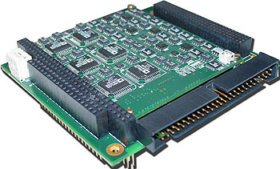
PC104P-16HSDI
6-Channel, 16-Bit Sigma-Delta Analog Input PC104+ Board
- Sigma-Delta Conversion; No External Antialiasing Filters Required
- High Effective
-
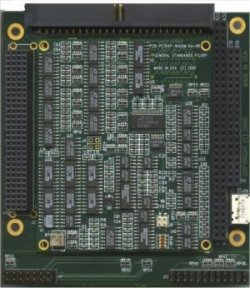
PC104P-16SDI
Sigma-Delta A/Ds to 220K Samples/Sec PC104P
- Sigma-Delta Conversion
- No External Anti aliasing Filters Required
- High
-

PC104P-24DSI12
12-Channel 24-Bit Delta-Sigma PC104+Board
- 12 Differential 24-Bit Analog Input Channels
- Delta-Sigma Converter per
-

PC104P-24DSI6LN
Six-Channel Low-Noise 24-Bit Delta-Sigma PC104+ Board
- 6 Differential 24-Bit Analog Input Channels
- Delta-Sigma Converter per
-

PC104P-ADADIO
12-Channel 16-Bit Analog I/O PC104+ Board
- 8 Analog Input Channels, 4 Analog Output Channels
- 16-Bit
